Published by: sadikshya
Published date: 28 Jun 2021
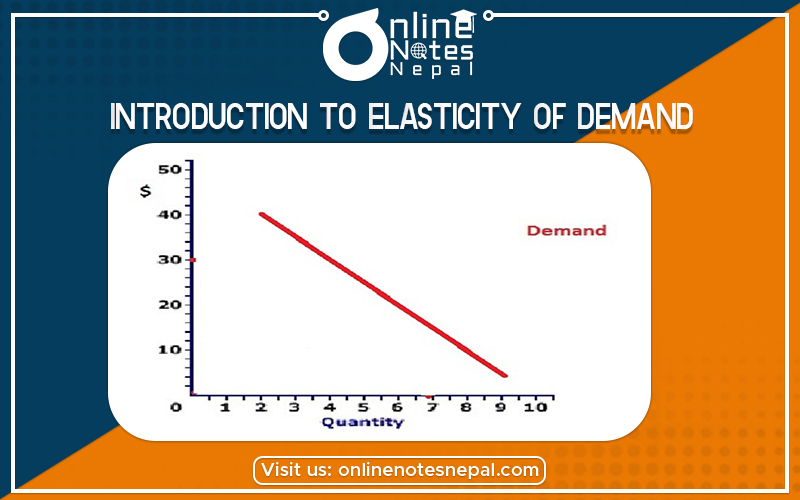
Introduction to elasticity of demand-The word elasticity refers to responsiveness it implies the relationship of one variable to others. It measures the relative change rather than absolute change. Relative or proportional change is more upon more helpful rather the absolute changes for analysis. The concept of elasticity of demand was introduced by classical economist Cournot J.S Mill, later, Marshall develops the concepts in his book “principle of economic” in 1890. The law of demand indicates the tendency of the demand relating to the changes in price. It shows the exact changes in demand due to change in price, thus it refers to the degree of responsive change in demand due to the responsive change in the price of the goods. According to KE. Boulding the “elasticity of demand may be defined as the per cent change in the quantity demand which would result from a 1 per cent change in its price.
It is broadly classified into three types. They are as follows.
• Price elasticity of demand
• Income elasticity of demand
• Cross elasticity of demand
Price elasticity of demand is commonly called the elasticity of demand. The elasticity of demand is the measurement of the degree of responsiveness of quantity demand of the goods to a change in its market price. It may be defined as the rate of change in quantity demand when there is some change in the price of goods.
There are five types of price elasticity which are as follows:
1. Perfectly inelastic
2. Perfectly elastic
3. Unitary elastic
4. More than unitary
5. Less than unitary
Perfectly inelastic
Demand for a commodity will be said to be perfectly inelastic if the quantity demand does not change at all in response to a given change in price. It can be explained by the following figure
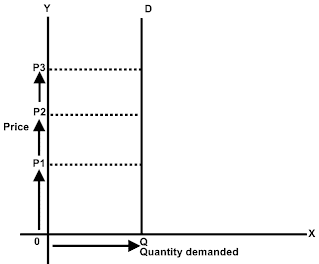
Perfectly elastic
Demand for a commodity is said to be perfectly elastic when the demand for it may increase or decrease to any extent due to the small change in price.
Unitary elastic
Demand for a commodity will be said to be unitary elastic if the percentage change in the quantity demand equals the percentage change in price. It can be explained by the following figure:
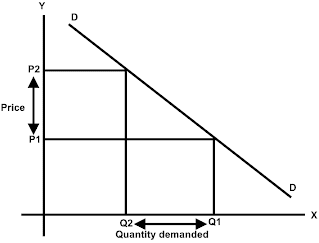
More than unitary
The demand for commodities said to be more than unitary elastic if there is a small change in price result in a significant change in demand of the commodity. It can be explained by the following figure:
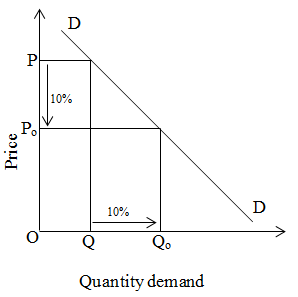
Less than unitary
The demand for a commodity said to be less than unitary if the percentage change in quantity demand is less than the percentage change in price.
Assuming other factors such as the price of the commodity price of related goods constant the percentages change in the quantity demand due to the percentages change in the income of the consumer, which is called income elasticity of demand. It indicates the responsiveness of demand with the change in income. According to Watson “income elasticity of demand means the ratio of the percentage changes in the quantity demand in the change on the percentage change in income.
There are five types are as follows:
1. Zero income
2. Unitary income
3. Income elasticity more than unitary
4. Income elasticity less than unitary
5. Negative income
Zero income elasticity
Zero income elasticity of demand refers to the situation where the increase in consumer income does not result in an increase in the quantity demand of the commodity. It can be explained by the following figure:
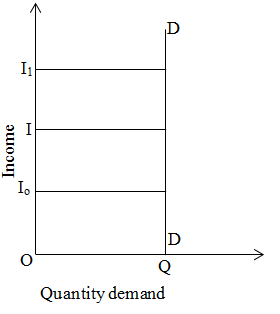
Unitary income elasticity
If the percentage changes in quantity demand equal to the percentage change in the income elasticity of demand. In the situation income elasticity of demand is unity. It can be explained by the following figure:
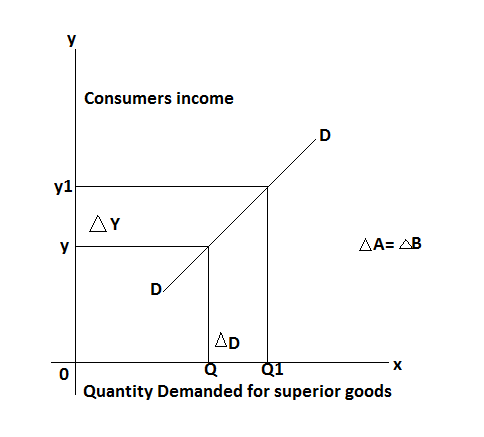
Income elasticity of demand greater than unitary
In the percentage change in quantity, demand is greater than the percentage change in the income elasticity of demand will be greater than one; In this situation income elasticity of demand is greater than unity. It can be explained by the following figure:
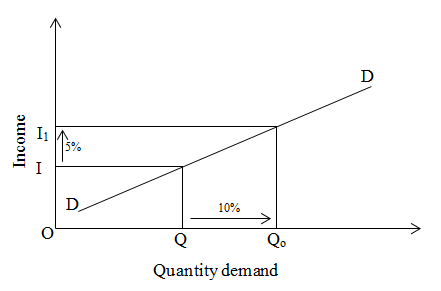
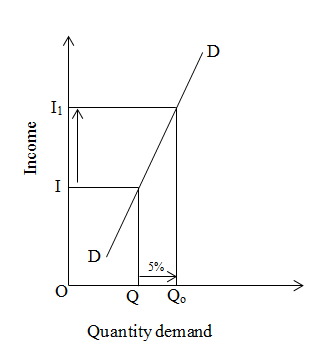
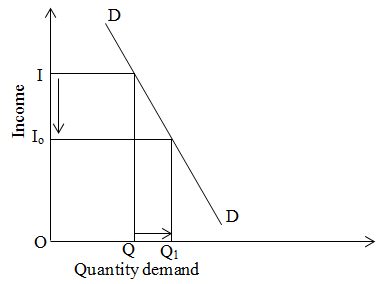
It is the ratio of the percentage change in the quantity demand of commodity ‘Y’ to a given percentage in the price of the related commodity ‘X’. it is a measure of the percentage change in the quantity demand of a commodity due to a percentage change in the price of its substitute and compliment, for example, change in the price of tea generally causes a change in demand of coffee. Likewise, a change in price cars causes a change in demand for petrol. The mutual relationship between the quantity demand of goods due to change in the price of other related goods can be measure by cross elasticity of demand. According to Ferguson ” the cross elasticity of demand is the proportionate change in the quantity demand of ‘X’ goods divided by the proportionate change in the price of the related goods ‘Y’.
There are two types of cross elasticity
1. Positive cross elasticity /cross elasticity in the case of substitution goods.
2. Negative cross elasticity/cross elasticity in the case of complementary goods.
Positive cross elasticity
This is the case of substitute or competitive goods, such as tea and coffee. In this case demand for a commodity increase with the increase in the price of its substituted goods.
Negative cross elasticity
The cross elasticity of demand becomes negative when the price rise of one commodity leads reduction in demand for another commodity, such relation is found between the price and demand for complementary goods such as pen and ink.